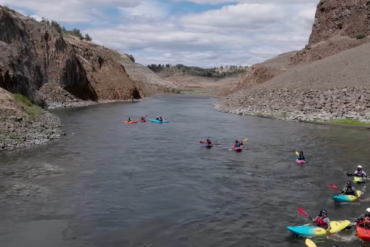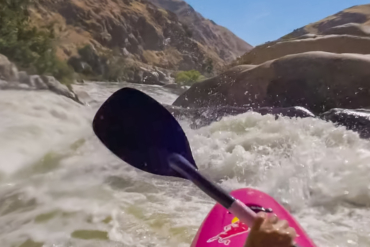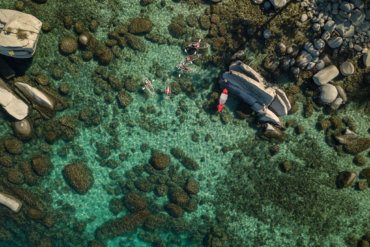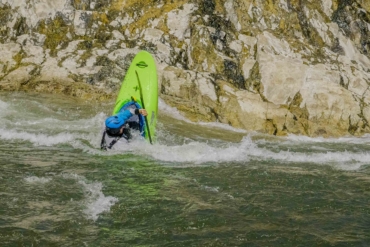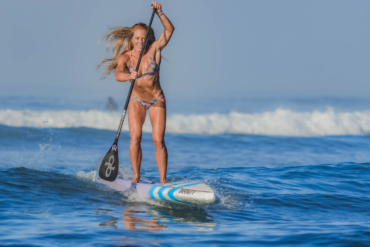The first time I encountered the type of kayak paddle now known as a “wing paddle” it was just in passing. Specifically, that said paddle — and the boat it was propelling — were passing me. When I finally got a chance to look at one of the paddles up close, I noticed how fancy and futuristic the blade looked compared to my own. I assumed, as losers often do, that I’d been beaten by technology and not physical prowess.
Wing paddles first entered the kayaking scene in the early 80’s when the Swedish National Team used them in the Olympics during a flat water sprint race. Within a few years, they became the standard blade for professional sprinters, but were rarely seen in the kayaking world at large. Today, wing paddles, which have a more scooped blade profile to grab more water on each stroke, are the standard choice of top adventure racing teams.

My eye-opening introduction on the water was years ago. I’ve been racing and training with wing paddles ever since. The most common thing I hear in regard to wings by racers who do not use them is “they are so expensive!” This is true. Wing paddles tend to be quite pricy compared to other flat water set ups, often in the range of $400 to $600. The FastKayak Flyer paddle changes that.
Flyer paddles, available from www.fastkayak.com, start at $239. Its blades are designed by legendary kayak engineer Ted Van Dusen. The paddles are customizable, with various sizes of blades, shaft lengths and build materials, including carbon or fiberglass. They come in one- and two-piece configurations.
I was recently able to test the two-piece carbon Flyer #3 (retail $359) during a 120-kilometer paddling section in the Abu Dhabi Adventure Challenge, a multi-day adventure race last month where I competed as captain of Team YogaSlackers. I was more than pleased with the paddle’s performance.
Weighing under two pounds, the carbon Flyer #3 paddle was easy to keep turning over and over as the hours passed on the water. I experienced almost none of the shoulder fatigue I have become accustomed to while using heavier traditional blades.
continued on next page. . .

